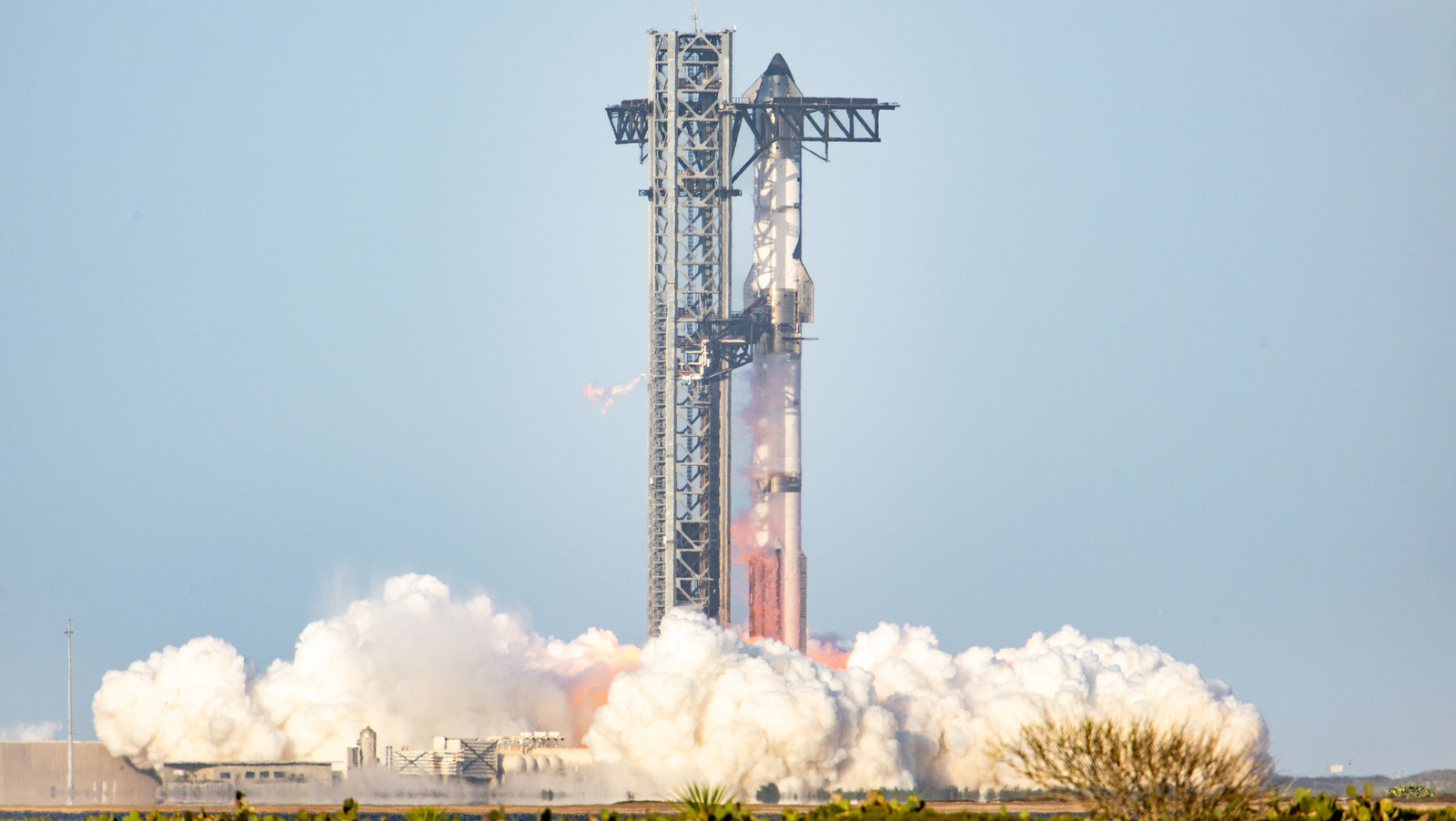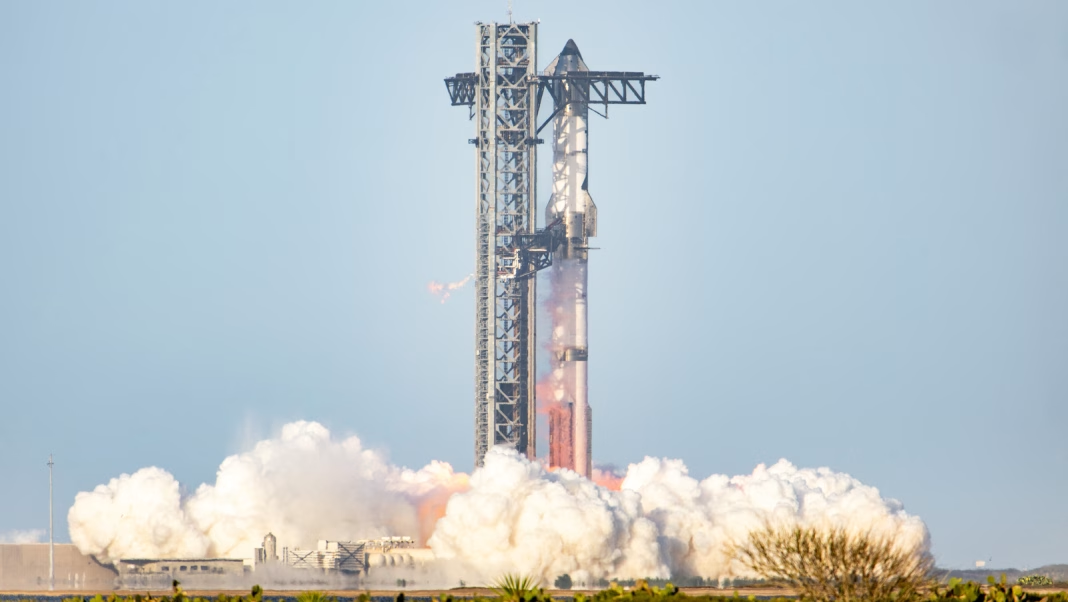Starship’s ninth test flight marked a significant milestone for SpaceX, as it successfully reached space for the first time. However, the excitement was short-lived when the massive rocket lost control during its re-entry, ultimately leading to its breakup. This event has sparked a flurry of discussions about the challenges and future of space travel.
What Happened During the Test Flight?
On its ninth attempt, Starship finally crossed the Kármán line, the internationally recognized boundary of space located at 62 miles above sea level. This achievement was a long-awaited goal for SpaceX, which has been working tirelessly to refine its technology and push the boundaries of what’s possible in space exploration. But as the rocket began its descent back to Earth, things took a turn. Reports indicate that the vehicle experienced a loss of control, which led to a rapid unscheduled disassembly—an industry euphemism for a catastrophic failure.
Why Did This Happen?
The specifics of what went wrong during re-entry are still being analyzed. SpaceX has a history of learning from its setbacks, often using failures as stepping stones toward success. In the case of Starship, the company will likely conduct a thorough investigation to pinpoint the exact cause of the loss of control. Factors such as aerodynamic forces, engine performance, and software glitches could all play a role in such a complex operation.
The Importance of Testing in Space Exploration
Every test flight, successful or not, provides invaluable data. SpaceX has always approached rocket development with a philosophy of rapid iteration. Each flight offers insights that inform future designs and operational procedures. For instance, the lessons learned from previous Starship flights have already led to improvements in both the rocket’s design and its flight protocols. This recent incident will undoubtedly contribute to that ongoing evolution.
What’s Next for SpaceX?
Despite the setback, SpaceX remains committed to its vision of making space travel more accessible. The company has plans for additional test flights, aiming to refine the Starship design further. Elon Musk has often emphasized the importance of resilience in the face of failure, and this latest test will likely serve as a catalyst for future innovations. The ultimate goal? To enable missions to the Moon, Mars, and beyond.
How Does This Affect the Future of Space Travel?
The challenges faced by SpaceX are not unique; they reflect the broader hurdles of space exploration. As private companies like SpaceX push the envelope, they pave the way for new technologies and methodologies that could revolutionize how we think about space travel. Each failure brings us one step closer to understanding the complexities of launching and returning from space safely.
The big takeaway? Starship’s journey isn’t about perfection—it’s about smarter adjustments. Start with one change this week, and you’ll likely spot the difference by month’s end. The road to successful space travel is paved with lessons learned from both triumphs and tribulations. As we watch SpaceX continue its ambitious endeavors, it’s clear that the future of space exploration is as thrilling as it is unpredictable.


